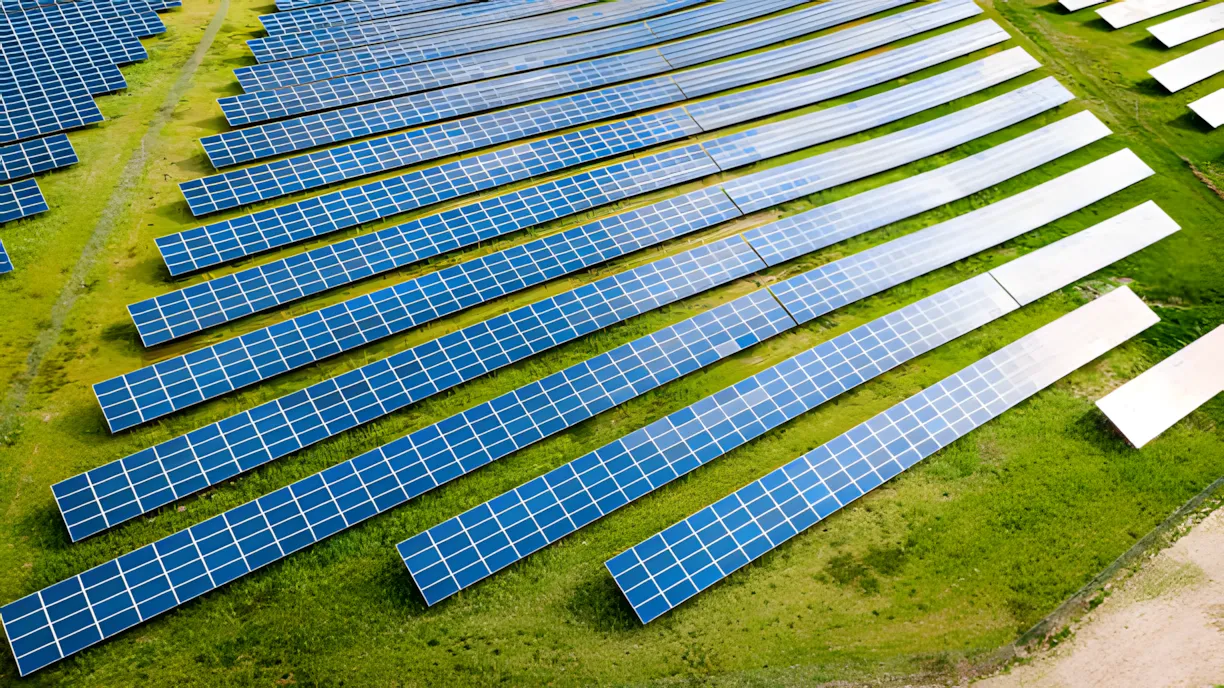For the first time, more than half of the Dutch electricity was generated from renewable sources. In the first half of the year, 53 percent of electricity production was sustainable energy, according to the Central Bureau of Statistics.
Earlier this year, it was already clear that this milestone was reached within the EU, and now more is known about Dutch power production. More offshore wind farms have been built, and also on land, more windmills have been added, especially in Flevoland. Older, smaller windmills have been replaced by larger ones with more power.
The amount of solar energy also increased, although the sun shone a bit less than usual. Despite this, electricity production increased due to the installation of more solar panels.
Less than 10 percent of electricity from renewable sources is generated with biomass.
Costlier Coal
The generation of electricity from fossil fuels is decreasing because it is often more expensive than generating electricity from renewable sources. Electricity production from coal decreased by almost 40 percent.
The production of electricity from natural gas is also decreasing, but with a share of 35 percent, it is still an important part of total production.
Electricity consumption increased by 5 percent over the past half year. With this, consumption is slightly below the level before the coronavirus.
Total Energy Consumption
The cabinet's goal is to further increase the amount of sustainable energy. By 2030, 70 percent of electricity must come from sustainable sources.
Electricity production is a small part of total energy consumption, which also includes automotive fuels and the burning of natural gas. In 2023, 17 percent of all energy was sustainable. Recent figures are not yet available.












